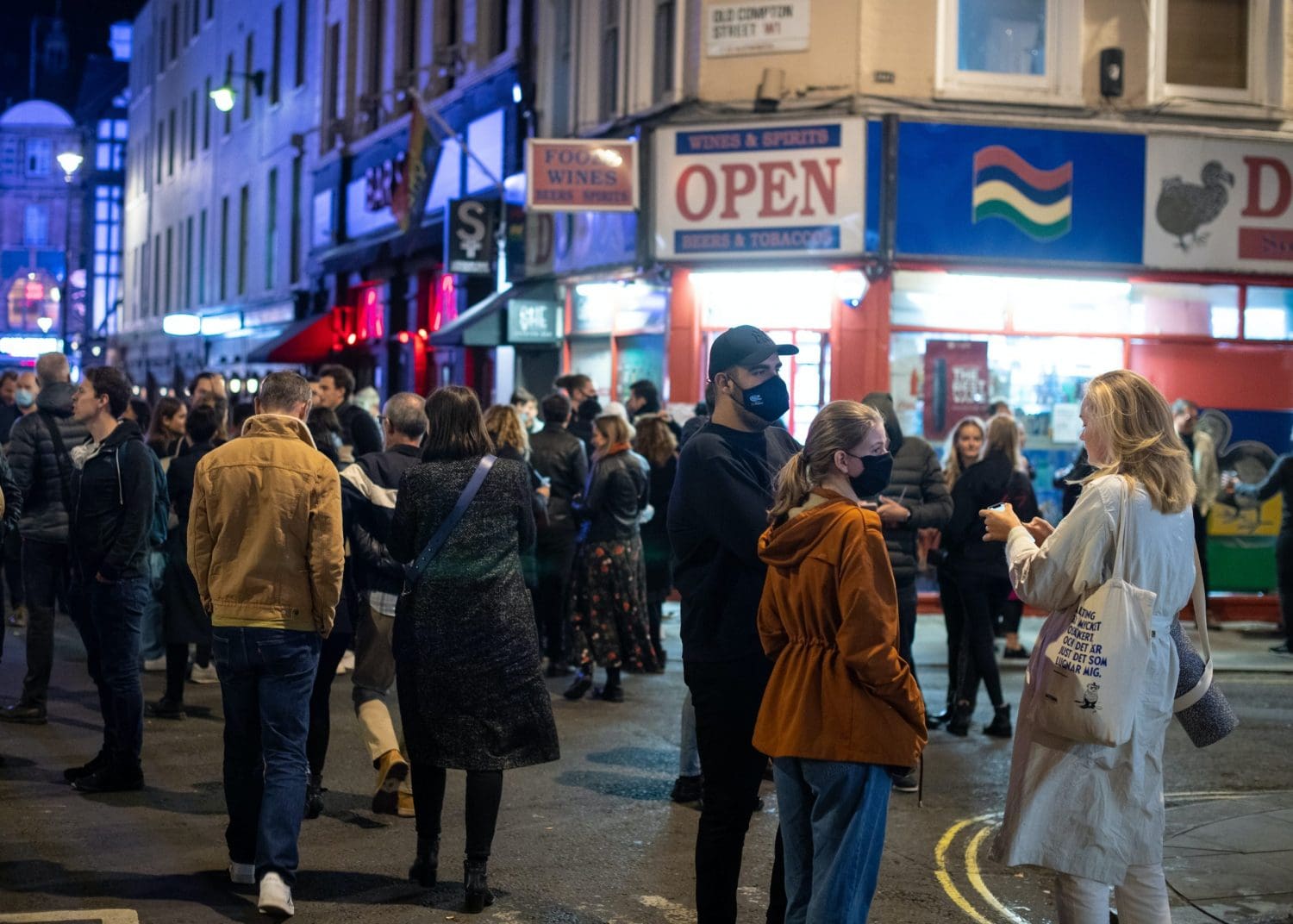A review from Public Health England (PHE) has shown that people who are from Black, Asian and minority ethnic (BAME) backgrounds are “between [a] 10 and 50% higher risk of death” in comparison to white British people.
The Office of National Statistics (ONS) has also reported that, between 2 March to 15 May 2020 in England and Wales, the death rate for Black men was 3.3 times greater (255.7 deaths per 100,000) than white males of the same age. Similarly, the death rate for Black females was 2.4 times greater (119.8 deaths per 100,000) than white females.
Nick Stripe, head of life events at the ONS, stated that:
ONS analysis continues to show that people from a Black ethnic background are at a greater risk of death involving COVID-19 than all other ethnic groups.
In its report, PHE assembled stakeholders with interests in BAME communities who could speak to the reasons behind the disparities. This resulted in a range of concerns that complicate how the differences in coronavirus-related deaths can be understood.
Racism
The report outlines how:
Historic racism and poorer experiences of healthcare or at work may mean that individuals in BAME groups are less likely to seek care when needed or as NHS staff are less likely to speak up when they have concerns about Personal Protective Equipment (PPE) or risk.
PHE’s conclusions place racial discrimination and stress as central to understanding that communities of colour have a very different experience of treatment in the NHS.
The central role of traumatic experiences of racism faced by BAME patients cannot be overstated. This is not to say that coronavirus has created these concerns, but rather that the pandemic has brought forward the inequalities rife in health and social care.
If patients don’t feel comfortable in health environments, their access to treatment and care can be severely hindered. This is to say nothing of the impact on communications strategies from both the government and local healthcare providers.
Moreover, the proportion of BAME NHS staff dying from coronavirus has been noted throughout the pandemic. And this shows yet another devastating cost of the very real violence of racism.
Class
The report says that:
Disparities in health behaviours increase over time: those that are richer have even better health and those that are poorer lag further behind.
It goes on to state:
Participants felt that any conversation about a health issue must start from the wider societal challenges that we face; economic challenges, structural racism, quality of housing, among others. Many recognise that there are long-standing structural issues that need to be addressed at a systems level but hope that COVID-19 represents a tipping point for change.
The recommendations put forward by both of PHE’s reports – Beyond the data: Understanding the impact of COVID-19 on BAME groups and Disparities in the risk and outcomes of COVID-19 – conclude that while it recognises the impact of class and racial inequalities, more research is required. Its recommendations for cultural knowledge from healthcare workers is dependant on this research being carried out.
The cost of inequality
A higher death rate for BAME people is a reflection of deep structural inequalities in British society. PHE cites another report from the Intensive Care National Audit and Research Centre (ICNARC) that found “15.2% and 9.7% of critically ill patients were from Asian and Black ethnic groups respectively”.
For individuals belonging to these communities, the wait for further research is a painful one. BAME people are more likely to face economic inequality, housing issues, and unemployment. Each of these factors worsens not only the standard of living for BAME people, but also the standard of death.
Featured image via The National Guard/Flickr











